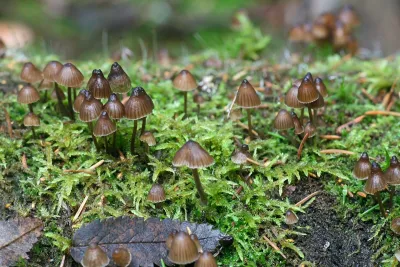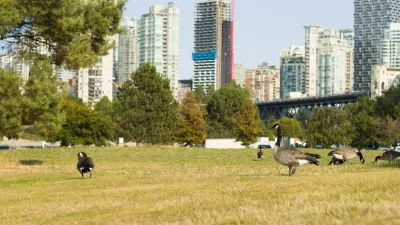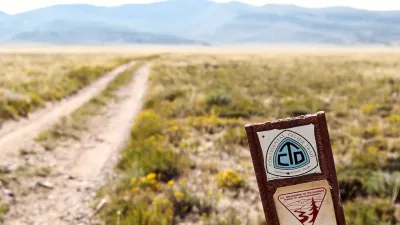Mycoremediation — the use of fungi to break down or absorb environmental pollutants — offers a promising, cost-effective, and eco-friendly alternative to conventional methods for restoring contaminated sites.

Fungi are emerging as vital allies in the fight against environmental pollution, thanks to a process called mycoremediation — the use of fungi to break down, transform, or accumulate pollutants in soil and water. As industrial activity continues to escalate, soil pollution has become a global crisis, impacting billions of people and threatening food security. Fungi, particularly species like Pleurotus ostreatus (oyster mushroom), possess powerful, non-specific enzymes capable of breaking down complex toxic compounds, including oil, pesticides, and even synthetic dyes. Some fungi can also absorb or convert heavy metals and radioactive substances into less harmful forms, offering a powerful and natural method for decontaminating hazardous sites.
Mycoremediation is often more cost-effective and ecologically sustainable than conventional “dig and dump” remediation methods. Tailored to each site, this approach can utilize fungi already present in local soils or introduce well-tested species along with biodegradable substrates such as wood chips or agricultural waste. As reported by Sam Gandy, fungi not only break down pollutants but also improve soil structure and support ecosystem regeneration, especially when working in synergy with plants and bacteria. Mycorrhizal fungi, for instance, help plants withstand toxins while expanding root networks and boosting microbial decomposition activity.
Despite its promise, mycoremediation faces barriers such as limited field research, regulatory hurdles, and the challenge of translating lab results to real-world conditions. Nonetheless, early trials and initiatives—like the work of ecotoxicologist Dr. Danielle Stevenson and the newly launched Centre for Applied Ecological Remediation—are sowing the seeds of hope. With proper investment, public engagement, and interdisciplinary collaboration, fungi may become an indispensable part of our toolkit for ecological restoration and environmental justice.
FULL STORY: Mycoremediation - The application of fungi as pollutant busters

Planetizen Federal Action Tracker
A weekly monitor of how Trump’s orders and actions are impacting planners and planning in America.

Restaurant Patios Were a Pandemic Win — Why Were They so Hard to Keep?
Social distancing requirements and changes in travel patterns prompted cities to pilot new uses for street and sidewalk space. Then it got complicated.

Map: Where Senate Republicans Want to Sell Your Public Lands
For public land advocates, the Senate Republicans’ proposal to sell millions of acres of public land in the West is “the biggest fight of their careers.”

Maui's Vacation Rental Debate Turns Ugly
Verbal attacks, misinformation campaigns and fistfights plague a high-stakes debate to convert thousands of vacation rentals into long-term housing.

San Francisco Suspends Traffic Calming Amidst Record Deaths
Citing “a challenging fiscal landscape,” the city will cease the program on the heels of 42 traffic deaths, including 24 pedestrians.

California Homeless Arrests, Citations Spike After Ruling
An investigation reveals that anti-homeless actions increased up to 500% after Grants Pass v. Johnson — even in cities claiming no policy change.
Urban Design for Planners 1: Software Tools
This six-course series explores essential urban design concepts using open source software and equips planners with the tools they need to participate fully in the urban design process.
Planning for Universal Design
Learn the tools for implementing Universal Design in planning regulations.
Heyer Gruel & Associates PA
JM Goldson LLC
Custer County Colorado
City of Camden Redevelopment Agency
City of Astoria
Transportation Research & Education Center (TREC) at Portland State University
Camden Redevelopment Agency
City of Claremont
Municipality of Princeton (NJ)





























